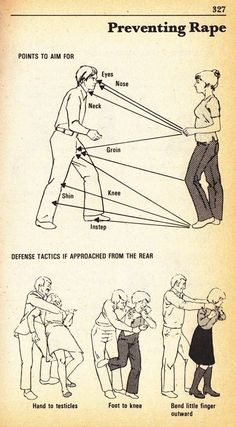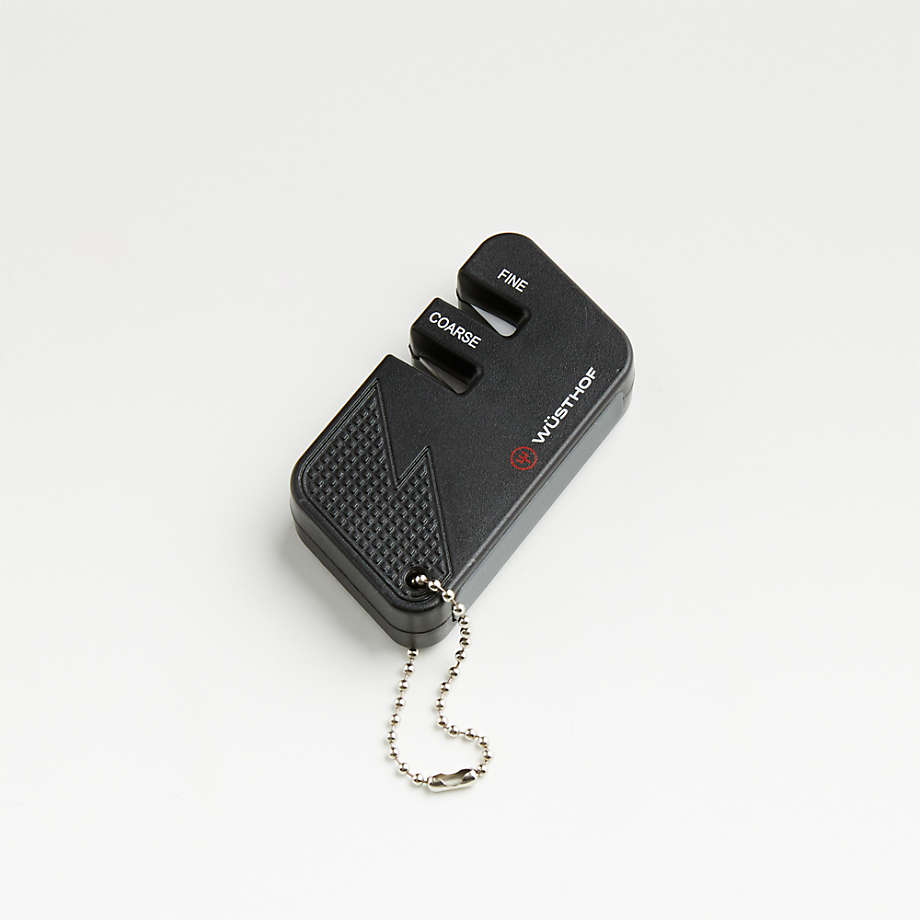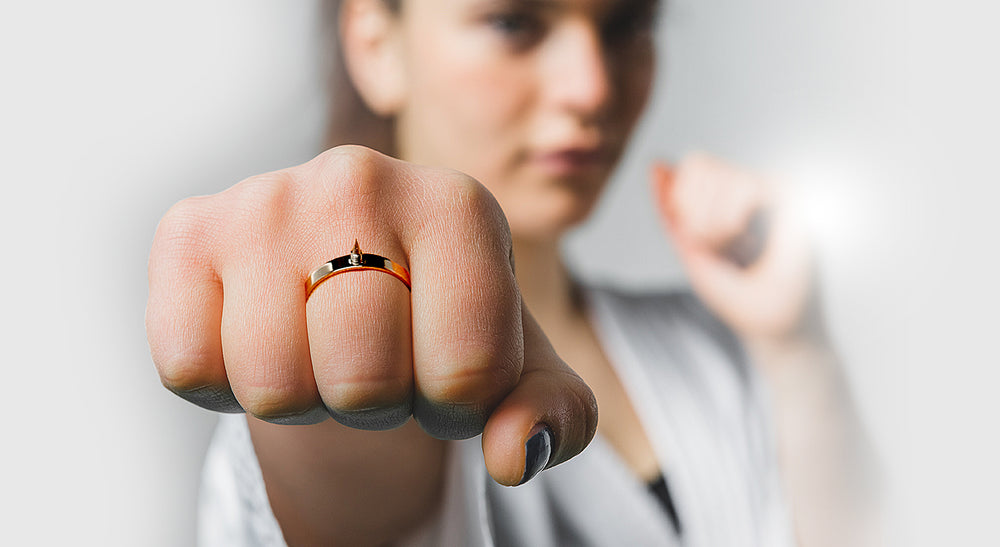
A personal fall arrest device consists of many parts. These components are the Anchor point, Connectors (body harness), and the fall arrest device. Personal fall arrest systems are made up of many components. They all work together to protect the wearer. They also need to be designed to prevent injuries in the event of a fall.
Connectors
Connectors can be flexible, adjustable pieces found in personal fall arrest systems. These connectors can connect to an anchorage or safety harness. These connectors can be adjusted in length. The maximum length of connectors is 2 m.

For workers who work in high areas, connectors are essential. They link the worker's full-body harness to the secure anchorage point. Some connectors are self-retracting lifelines and shock-absorbing, while others are simple lanyards. The type of connector used depends on the requirements of the worker.
Body harness
A body harness can be an integral part of your personal fall arrest system. The harness should be tightened around the waist and not too loose, as it may cause significant injuries during a fall. The body harness must also be in good order and should not show any signs of wear. The harness may also include a Dring on its back for fall arrest. The harness should also have a connecting device, such as a lanyard, which will provide a secure connection between the body harness and the anchor point.
An anchorage point and a body harness make up a personal fall arrest system. The anchorage points connect the worker's safety harness with a supporting structure. Anchorage points should be able to withstand a maximum of 5,000 pounds. A personal fall arrest system's connecting means include a lanyard and self-retracting lifeline.
Shock-absorbing lanyard
Personal fall arrest systems are incomplete without shock-absorbing lanyards. They are made of webbing and are designed for minimizing impact forces. The lanyards are usually attached to a horizontal safety line or anchorage system. Any worker at greater risk of falling should choose a shock-absorbing vest.

A PFAS includes many parts. The shock-absorbing nylon lanyard is one of the components. This lanyard decreases fall-arresting pressures by 60 to 80%. Other parts of the system include the harness and connecting devices. These devices can be energy-absorbing lanyards (self-retracting lifelines), rope grabs, or retrieval system.
FAQ
Can I legally carry a stun gun?
Yes. However, you will need to obtain a permit from your state.
You will need to fill out an application and pay a fee in order to apply for a permit.
You must keep your permit visible once you have received it (like your wallet).
You will need to repeat the process if your permit is lost.
How can I learn self protection at home
If you are looking for a way to improve your self-defense skills, there are many ways to do this. Martial arts is a great place to start. Martial Arts teach you how not to use weapons. They help to build confidence as well as fitness. You don't have to go to a class either, most schools offer classes online as well. It is crucial to determine what kind of martial art you wish to learn. Do you want to learn Kung Fu? Or perhaps Karate? While these styles are quite different, both are excellent options. They are largely different because of the type of fighting used. Kung fu, by contrast, focuses on grappling or kicking while karate focuses only on striking techniques.
When choosing a school, another thing to consider is whether they offer instruction in multiple formats. This refers to the various martial arts styles taught within a single school. Some schools focus on just one form of martial art such as Tai Chi, while others may offer instruction in several different types of martial arts. It doesn't matter what martial art you choose, you should make sure that the school you choose is accredited. Ask around to see who has been there, and ask about their training history and the background of the instructors. Visit the school to speak with someone who has taught there if possible.
Where can a stungun be purchased?
There are many places that you can purchase stun gun.
You can shop online at Amazon.com or eBay.
You can also visit brick-and-mortar stores such as sporting goods stores, hardware stores, etc.
Is pepper spray good for self-defense?
Pepper spray can be used to defend yourself. It is quick and easy to use. Use pepper spray in a professional manner.
As a first defense against violent attackers pepper spray should not be used. If you are threatened by violence, call 911 immediately.
Can I be arrested if my stungun is used?
No. Stun guns have been deemed "less lethal" weapons. Less lethal means they cannot cause serious injury.
However, charges could still be brought against you if you accidentally hit anyone with your stungun.
Statistics
- Saying this, Self defense 101 would be the importance of situational awareness, which can never be replaced by the finest of martial arts, because it is this that would help you to avoid any likely attacks in the first place. (worldofselfdefense.com)
- Some people walk into a gym thinking they are going to become the best by training whenever they like and not putting 100% effort in. (budodragon.com)
- In a January 2018 survey of 1,000 women nationwide, 81 percent reported experiencing some form of sexual harassment, assault, or both in their lifetime. (healthline.com)
- Most likely, the person will want some kind of boxing match, so if you can out-box them, this would be 100% ideal for survival. (budodragon.com)
External Links
How To
How to Survive an Invasion at Home
Home invasion can be a frightening thought, especially if there are children involved. We didn't expect to live through home invasion when we started our journey with installing a home security system. Here's our experience so far.
-
Do Not Allow Your Children to See The Attackers. Our kids were sleeping upstairs when two men broke into our house. We kept them downstairs until the police arrived. Our children were not hurt but the experience was enough for them to be traumatized.
-
Lock Up All Valuables. We keep valuables locked up in a safe in our bedroom. Even if someone is able to break into the house they won't have access.
-
Keep an Eye out for Burglars. We live in a neighbourhood that is notorious for burglaries. We always keep an eye out for suspicious vehicles and people.
-
Always have a backup plan. Our family will be financially taken care of financially if anything happens. If necessary, we have a plan for leaving the country.
-
Always be prepared Prepare for anything. You should always have water and food on hand.
-
Call 911 First. After you discover that someone is breaking into your home, immediately call 911. It's better not to wait for someone to break into your home than to call the police.
-
Use common sense. You won't allow anyone in who isn't right for you. Do not invite strangers.
-
Get Help From Neighbors Or Other People In The Area. Call neighbors or friends if you feel unsafe. They can be there to help you while you call 911.
-
Keep Calm and Do What Police Officers Tell You To. Do what is asked. Do not flee or resist arrest
-
Photograph All Evidence. Take pictures of any evidence found during the investigation. This includes fingerprints and blood samples.
-
Local Law Enforcement Can Be Reported. Even if you are not the victim, it is a good idea to file a report with local law enforcement. This will help to prevent future crimes.
-
Get in touch with your insurance company immediately. Call your insurance company immediately. You can tell them all about what happened and they will send an adjuster out to assess the damage.
-
Remove Personal Belongings. Be sure to get rid of personal belongings before you leave. Take off expensive jewelry and keep it safe.
-
Make sure you take care of yourself. Clean up after yourself. Clear away trash and broken glass. Make sure that all doors and windows are securely locked.
-
Talk about What happened. Talk about what happened to someone else. You never know who could use this information against your later.